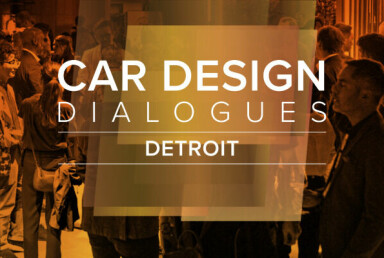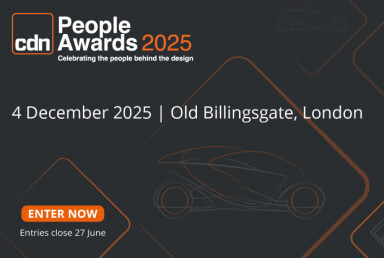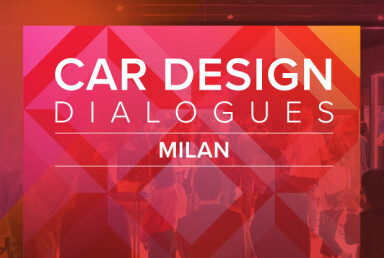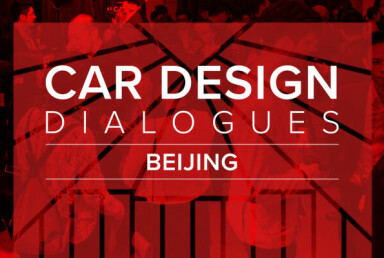Automotive wraps: Ready for prime time?
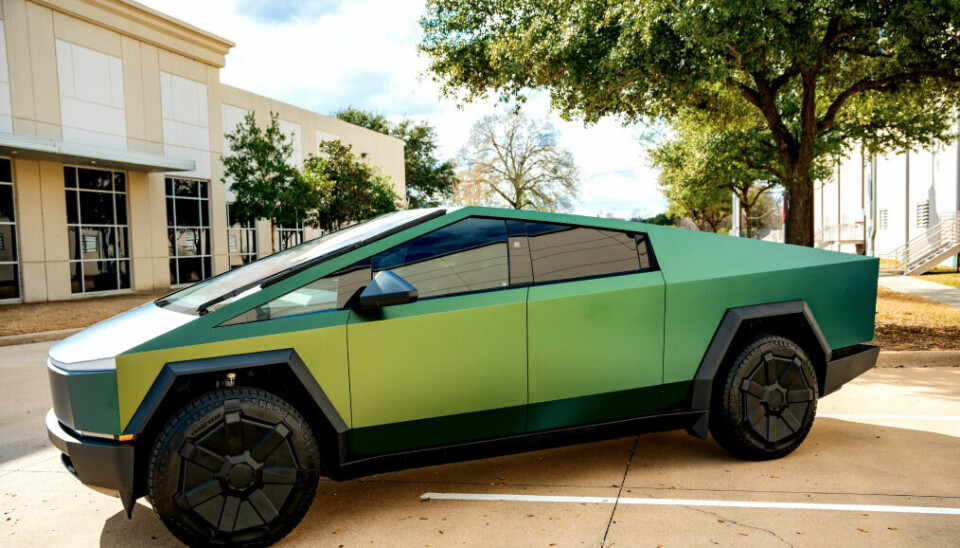
Once the domain of the tuner and the tradesman, the automotive wrap is coming into its own, and may predict the exterior of the future
The automotive wrap is having a moment.
Once strictly the domain of automotive tuners and commercial vehicles, automotive wraps have increased in colour, finish, texture, and sophistication in recent years. Now, two new electric trucks may give the automotive wrap the legitimacy it needs to enter the mainstream, and possibly point the way forward for automotive finishes in the next decade.
The first truck is, of course, the Tesla Cybertruck, which had quite the introduction a few years back, and once the shock of the form and size of the beast wore off, designers, critics and the general public focused on the stainless steel exterior. Soon wrap packages began to appear, some sold by Tesla itself, though Elon exited the wrap business by late 2024 (The service is still listed, in limited locations, on its website, as are wrap packages for the Model 3 and the Model Y). Third party vendors, especially in Southern California, also seized on the opportunity to wrap a distinctive, controversial, and highly visible vehicle.
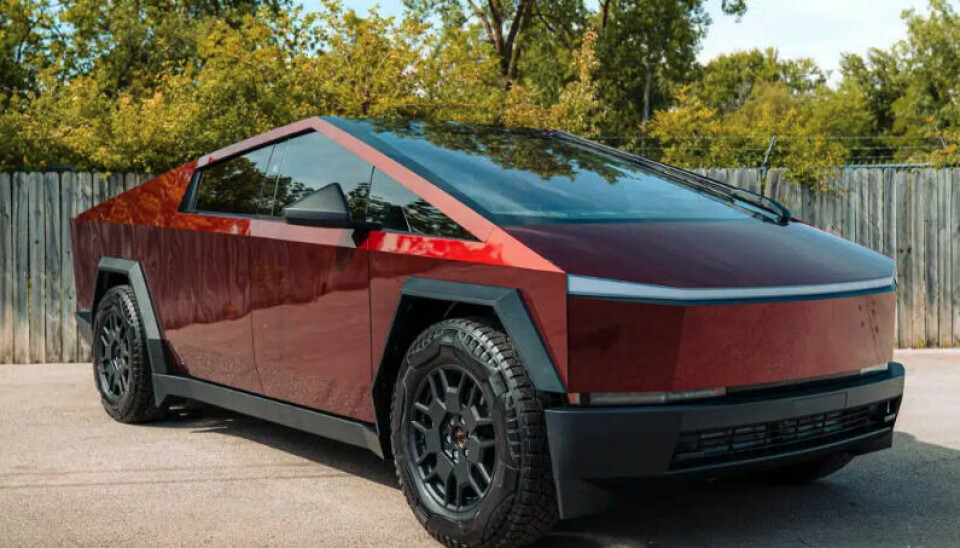
At first the wrap (either vinyl, or its close cousin, paint protection film [PPF]) was a defensive measure against road grit, stones, taggers, and car park scrapes. But the addition of colours, some of which were opaque, changed the truck into a personalised fashion statement. After all, if you have the money to buy the Cybertruck, why settle for the stainless steel that everyone else has?
For the stainless steel purists all this wrap business is total nonsense. Why wrap a luxury material in, ugh, vinyl? To some, this brings back memories of the DeLorean DMC-12, America’s other great experiment with stainless steel (though made in the UK, of course). The shock of the stainless steel and the wedge-y design by Giugiaro made the DeLorean seem like the epitome of sporty, personal luxury. The idea of painting that all that beautiful steel was blasphemous.
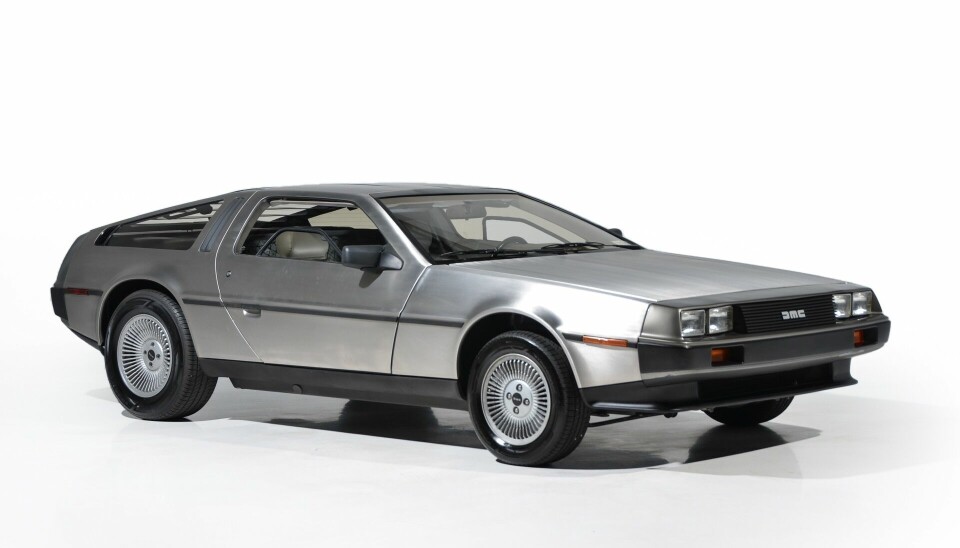
But a generation of stainless steel home appliances – refrigerators, ovens, dishwashers – has diminished the luxury value of the metal somewhat. A stainless steel vehicle has less caché than it did a generation ago. Wraps bring some additional colour and distinction to a vehicle that is already unique. And a wrapped Cybertruck brings a common material into the luxury space.
At the other end of the spectrum is the Slate truck, a cute and tiny electric truck coming in late 2026. The Slate is a D.I.Y. dream, with all sorts of points for the attachment of accessories. The Slate comes, in true Henry Ford fashion, in any colour you want as long as it is grey (Slate grey, to be precise). Wraps will be sold to add colour, and given its diminutive size and surface area, the Slate could easily wear three or four modestly-priced wraps in its lifetime. Again, personalisation for an already unique vehicle helps bring the wrap into the realm of personal fashion.
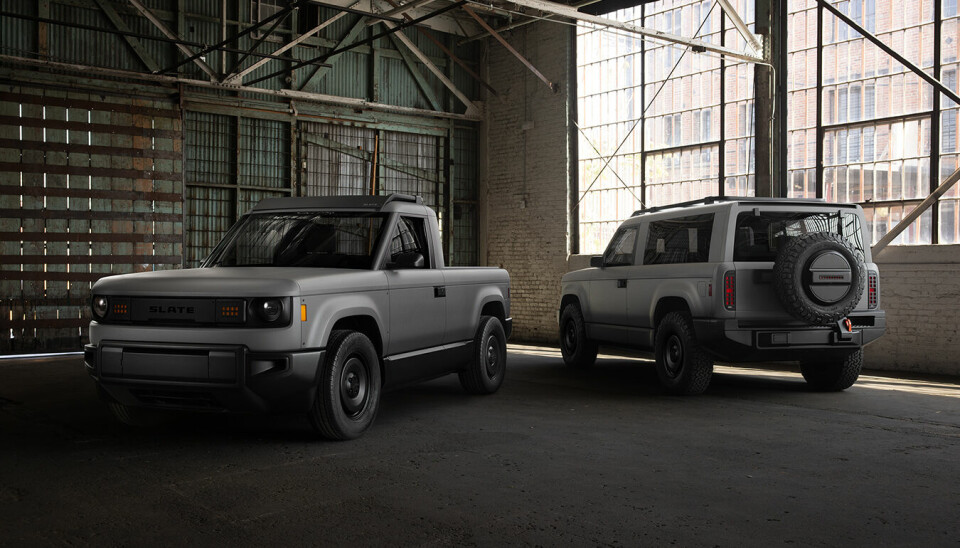
Wraps also help diminish the carbon footprint of a vehicle by reducing or eliminating the energy-intensive painting process. Of course, the Cybertruck is not an eco-mobile, though it is greener than an I.C.E. truck of the same size. The Slate has a more eco-friendly position, and wraps assist in this position by outsourcing (not eliminating, by any means – vinyl is a petroleum product) the colour “paint” process.
The Cybertruck and the Slate will help bring wraps to the mainstream. Certainly, not every car made will be wrapped in the coming decades, but a strong minority will be enough to keep vinyl wraps developing in form, colour, and material.
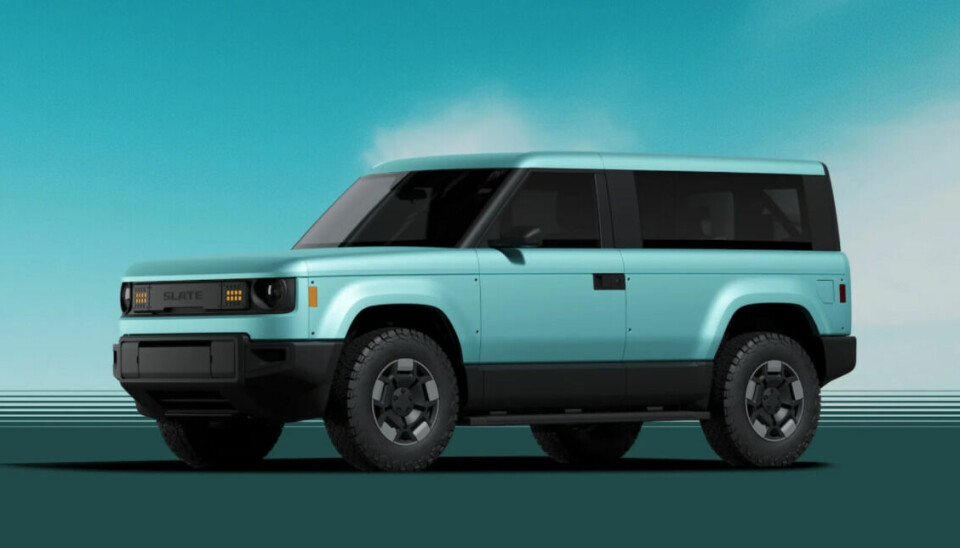
And, speaking of development, what it is the future for the wrap? Certainly, more eco-friendly materials would be welcome. Bio-based PVC materials, or organic polyurethane could transform the materials and in a greater sense, the whole automotive coatings space.
Advanced materials like photochromic and electrochromic films are on the horizon and integrated into wraps and could transform the surface of a vehicle to a digital display. How this will look and interact with the surroundings (including other vehicles) has yet to be defined, but the Toyota concept pictured below certainly shows a poetic expression of the envisioned technologies.
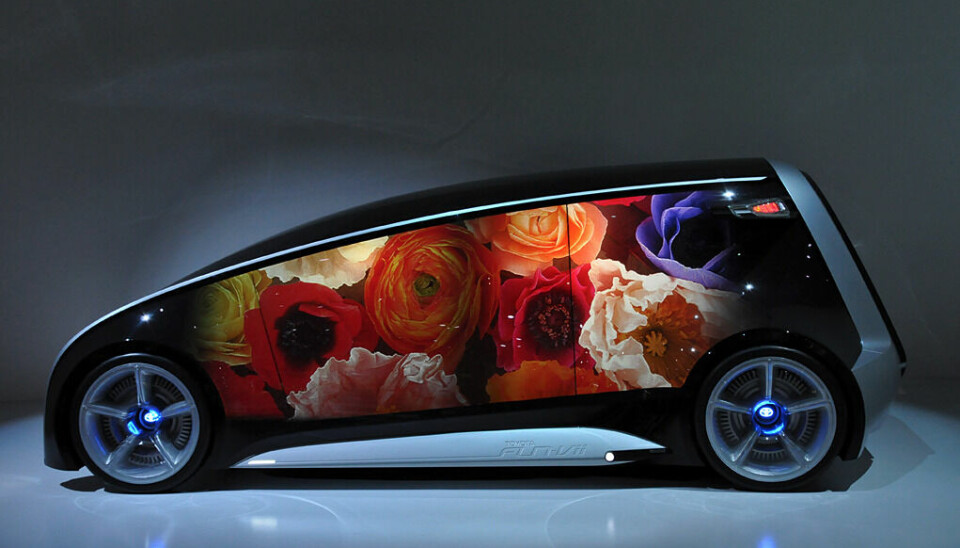
Tesla and Slate may ultimately be credited with mainstreaming wraps as we know them, but the future could be rich with new solutions – transforming automotive surfaces that we once painted into protective, environmentally friendly, interactive, and even multimedia affairs. There are so many possibilities in this space. Combined with new powertrains, autonomy and new seating configurations, we could experience a radically different type of car – and truck – in the next decade and beyond.
